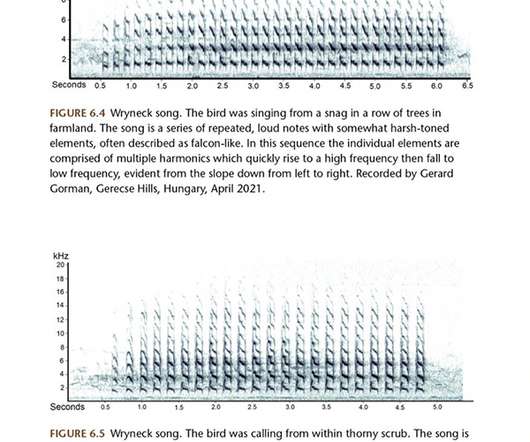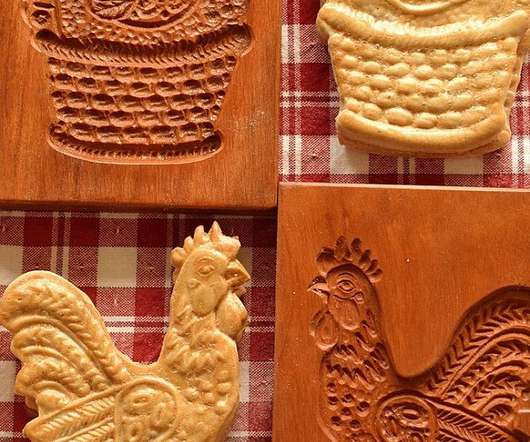Africa’s Big Five and Little Five
10,000 Birds
DECEMBER 11, 2012
Thankfully the days of visiting Africa purely for slaughtering its wildlife have mostly come to a merciful end, and safari operators have adopted the Big Five term to market tours that offer sightings of the fortunate remanants of Africa’s once teeming great herds.













Let's personalize your content